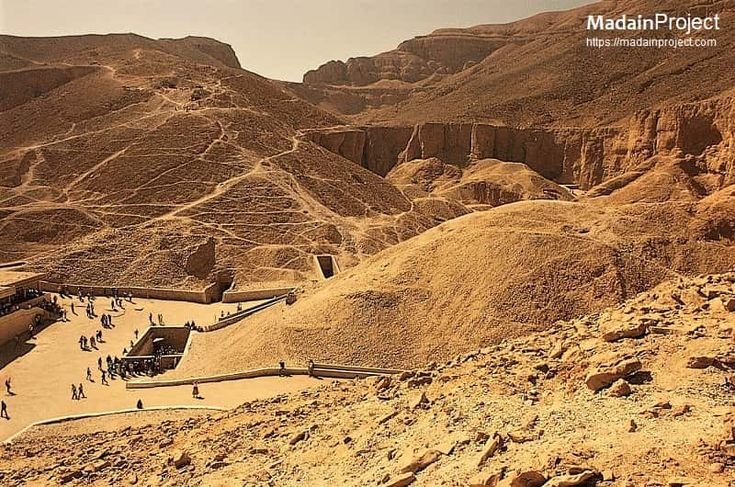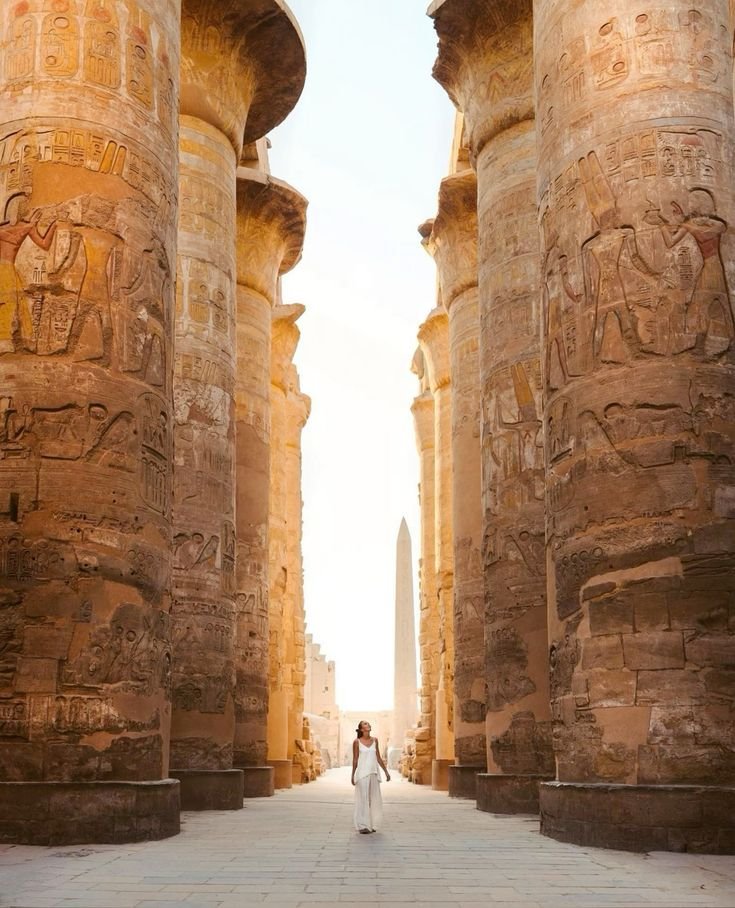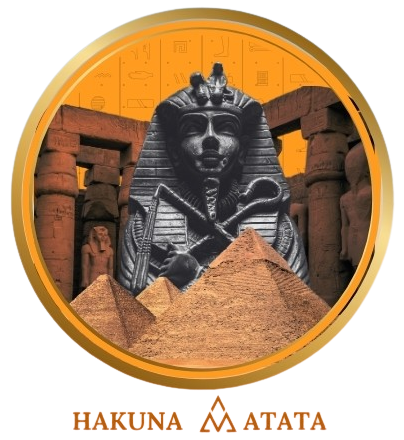
Aswan… Where Timeless History Meets the Charm of the South
Introduction: Imagine standing on the banks of the Nile River. Golden rays of sunset bathe massive stone columns. Ancient hieroglyphs on them tell stories thousands of years old. In that moment, you breathe in the scent of history. You hear the whispers of the past echo through silent walls. You realize you’re facing one of the most unique and fascinating ancient Egyptian temples: Kom Ombo Temple. It is an important archaeological site in Egypt along the Nile River. This is no ordinary temple. It is an architectural marvel. It embodies two contrasting divine forces in one place. This temple has two faces and a dual spirit. It reflects the beliefs of the ancient Egyptians. It also reflects their extraordinary view of the cosmos and gods. In this article, we take you on a journey. We will explore Kom Ombo Temple, its history, secrets, and one-of-a-kind design. Kom Ombo Temple: A Unique Ancient Egyptian Site Kom Ombo Temple is a renowned ancient structure located in a town of the same name in Aswan Governorate, southern Egypt. Built by King Ptolemy VI during the Ptolemaic period in the 2nd century BCE, the temple later saw additions during Roman rule. Its architectural and religious uniqueness lies in its dedication to the simultaneous worship of two different deities, reflected in a perfectly symmetrical layout divided into two equal parts. The Dual Deities of Kom Ombo Temple: Sobek and Horus The gods of Kom Ombo Temple were: This dual worship within a single sacred structure is rare in Egyptian religious architecture. Therefore, Kom Ombo is a valuable example of the diversity in ancient Egyptian theology. Location of Kom Ombo Temple on the Nile River The temple lies on the eastern bank of the Nile River. It is about 45 kilometers north of Aswan city. Its strategic position along the Nile made it a key stop for travelers and pilgrims. They traveled during Nile cruises between Luxor and Aswan. The scenic riverside setting adds a natural charm to the visit. Dual Symmetry: A Rare Architectural Marvel This temple’s design stands among the most exceptional in the history of ancient Egyptian architecture. Its most notable features include: Crocodile Museum: Mummified Crocodiles The Crocodile Museum lies next to the temple. It is a small but fascinating attraction. It houses real mummified crocodiles. People discovered these in the area. They once revered these crocodiles as sacred to the god Sobek. This museum adds an educational and captivating dimension to the visit. It highlights the ancient Egyptians’ deep respect for nature and wildlife. Learning About Ancient Egypt at Kom Ombo Temple This sacred site offers far more than just ruins of the past—it serves as a deep well of knowledge about ancient Egyptian life and beliefs. Visitors gain insight into: Visiting the temple offers more than sightseeing. It is a timeless journey into how the ancients lived, believed, and saw the world around them. Visiting Kom Ombo Temple: Sunset Views and Atmosphere Standing in the temple’s open courtyard beneath Aswan’s clear sky offers a sense of both grandeur and peace. The surrounding landscape and the flowing Nile beside it add a magical touch to the atmosphere. Many visitors prefer arriving at sunset. At this time, the golden light casts a mystical glow over the temple’s stone walls. This creates an unforgettable sight during any Egypt tour. Including Kom Ombo Temple in Your Egypt Tour Most Nile cruises between Luxor and Aswan include a stop at Kom Ombo Temple. This makes it a seamless part of your Egypt tour itinerary. Alternatively, you can access it by road from Aswan or Edfu. Bringing a professional tour guide is highly recommended. They can explain the symbolism behind the carvings. They can also enhance the cultural value of your experience at this significant archaeological site in Egypt. Conclusion: This remarkable temple is a rare gem in the heart of southern Egypt. It tells the story of gods, kings, and a civilization that believed in the harmony of nature and divine forces. If you’re seeking a cultural travel experience rich in depth and wonder, this sacred site offers a true gateway to the past. Discover it for yourself—and let its silent walls reveal the secrets of ancient Egypt by the timeless flow of the Nile. Frequently Asked Questions (FAQs) Q: Why is Kom Ombo Temple so unique? A: This temple stands out for its rare dual design, as it was dedicated to the simultaneous worship of two different gods—Sobek and Horus the Elder. Q: When was Kom Ombo Temple built? A: People primarily built the temple during the Ptolemaic period. This was in the 2nd century BCE under King Ptolemy VI. Later, Romans expanded it. Q: Where is Kom Ombo Temple located? A: The temple is situated in the town of Kom Ombo, Aswan Governorate, southern Egypt. It lies on the eastern bank of the Nile, around 45 kilometers north of Aswan. Q: Who were the gods worshipped at Kom Ombo Temple? A: People worshipped Sobek, the crocodile god of fertility and water, and Horus the Elder, the falcon-headed god of the sky and protection, at Kom Ombo Temple. Q: What is the Crocodile Museum ? A: The Crocodile Museum is next to the temple. It houses mummified crocodiles that people discovered in the area. Ancient Egyptians considered these sacred to the god Sobek.




